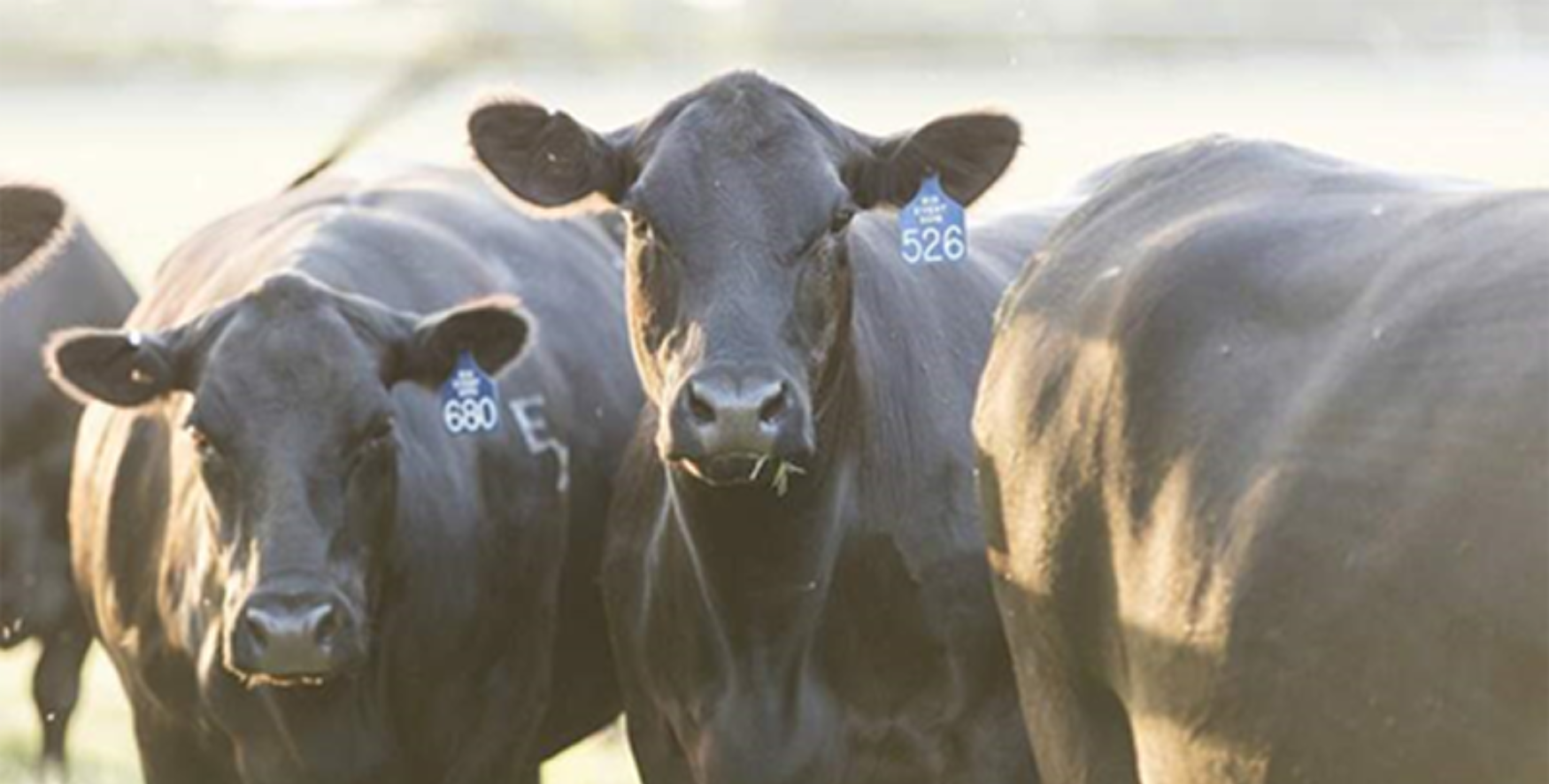Protecting Your Herd: How to Control Horn Flies, Ticks & Lice with Starbar® and an IPM Strategy
Horn flies, ticks, and lice are some of the most persistent pests cattle producers face and while they’re all problematic, each targets your animals differently. Understanding how these pests behave, and how to build a strong Integrated Pest Management (IPM) program, is key to keeping your herd healthy and productive.
How These Pests Differ
Horn flies are perhaps the easiest to spot. “You’ll see them on the backs of cattle during the day and on their bellies when it gets hot,” explains Michael Hampton, Regional Sales Manager at Central Life Sciences. Cattle often bunch together, swish their tails, or seek shade and water when the flies get overwhelming.
Ticks, on the other hand, can be harder to notice until the infestation grows. “Sometimes you’ll see ears hanging low or a droopy head, which can mean ticks in the ears,” says Hampton.
Lice are typically a cold-season issue. “You’ll see cattle rubbing on posts or buildings, trying to relieve the itching. They can develop bald spots from all the rubbing,” he adds.
Where to Look
- Horn flies cluster on the back, topline and bellies.
- Ticks often embed in ears, along the throat down to the brisket as well as any protected cracks and crevices like elbow pockets, around udders and tailhead.
- Lice feed on several sites but can be easily spotted by hair loss or a greasy appearance during cool seasons.
Regular visual checks and behavior monitoring can help detect problems early.
How to Fight Back
To tackle flies and lice effectively, Starbar® offers proven solutions. Cattle Armor™ 1% Synergized Pour-On is a powerful pour-on insecticide that sets itself apart from competitors thanks to its oil-based formula. “The oil-based formulation helps it stay on longer and penetrate through the hair coat better than water-based products,” Hampton explains.
Another go-to solution is Inhibidor™ Insecticidal Pour-On, a ready-to-use pour-on insecticide-larvicide. It’s especially useful for rotating products throughout the year, a critical strategy for preventing resistance.
Cattle Armor™ 1% Synergized Pour-On can also be used as a ready-to-go spray application. Inhibidor™ Insecticidal Pour-On can now be used to kill ticks through direct spray application and is now approved in California for all labeled insects.
“As effective as these products are, it’s important to rotate,” Hampton notes. “If you use the same product year after year, insect populations can develop resistance.”
The Power of IPM
An Integrated Pest Management (IPM) program brings together multiple control methods to reduce pest populations effectively—and sustainably. “There are no silver bullets when it comes to fly control,” Hampton cautions. “Combining different products and delivery methods gives you a better chance of success.”
Key elements of a solid IPM strategy include:
- Rotating insecticide products to avoid resistance.
- Using pour-ons like Cattle Armor® or Inhibidor™ at key times.
- Incorporating feed-through products like ClariFly® Larvicide or Altosid® IGR.
These feed-through products target immature fly stages in manure, reducing adult fly populations over time without affecting existing insects. “Because they don’t target adult flies, there’s no risk of resistance,” Hampton explains.
Best Practices for Long-Term Control
- Use ClariFly® Larvicide or Altosid® IGR consistently in feed.
- Rotate topical products like Cattle Armor™ 1% Synergized Pour-On or Inhibidor™ Insecticidal Pour-On throughout the season.
- Monitor pest levels with tools like sticky traps or visual observation.
- Adjust treatment timing based on environmental conditions and insect activity.
By combining Starbar® solutions with an IPM approach, you’ll create a healthier environment for your cattle and a more profitable future for your operation.




